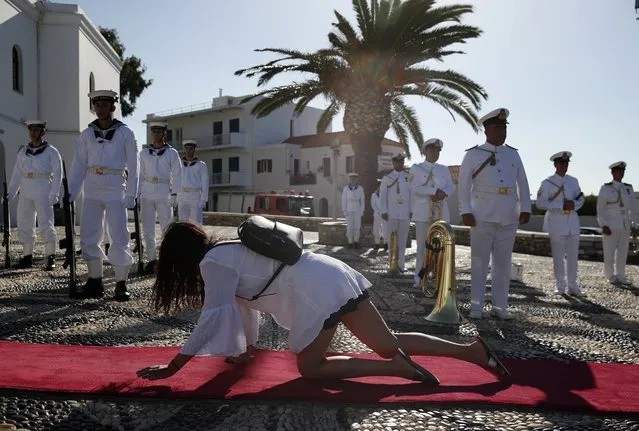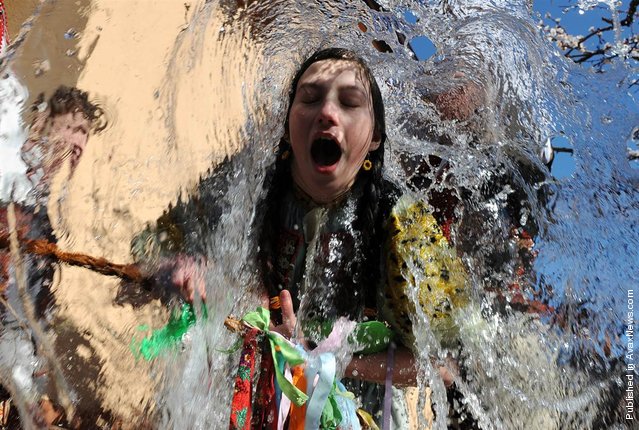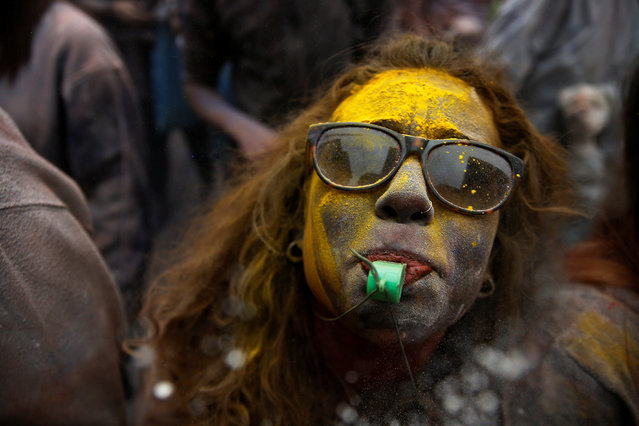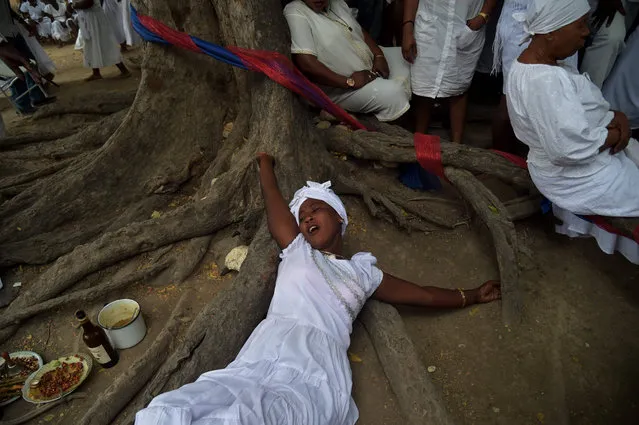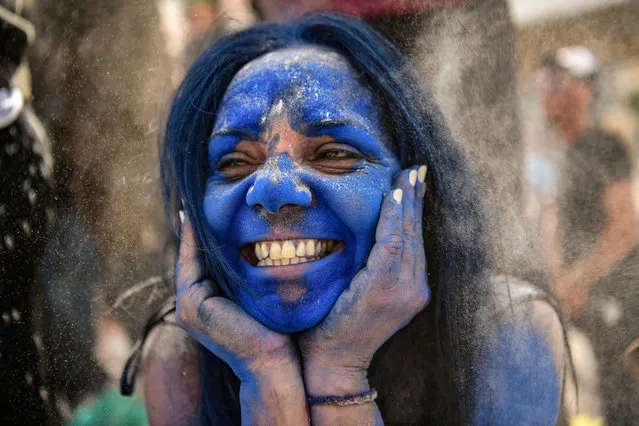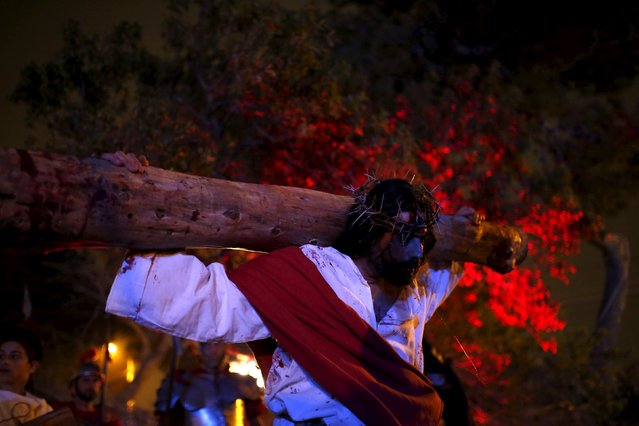
Pope Benedict XVI arrives at the Santa Sabina Basilica for the Ash Wednesday service on March 9, 2011 in Rome, Italy. Ash Wednesday opens the liturgical 40-day period of Lent, a period of prayer, fasting, penitence and alms giving leading up to Easter.
09 Mar 2011 22:15:00,post received
0 comments

